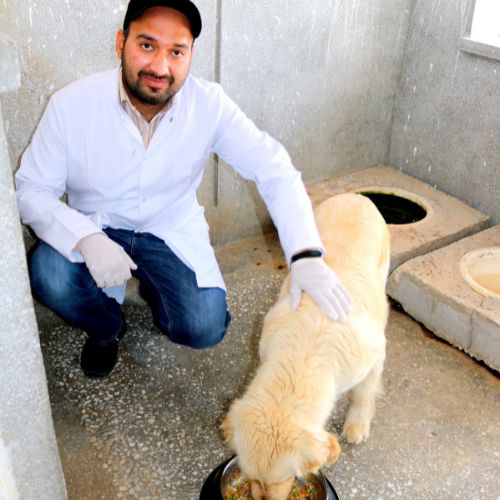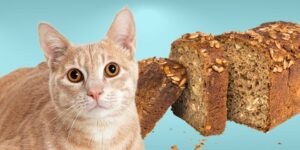Cats can eat bread in moderation, but it should not be a staple in their diet and should only be offered as an occasional treat. While some cats may enjoy the taste of yeast-added bread, it is not part of their natural diet and does not provide any significant nutritional value.
Introduction
Why do cats like bread?
Cats may like the taste and texture of bread due to its soft and airy structure. The yeast content in some types of bread can also appeal to a cat's sense of smell.
The ancestral diet of cats
Cats are obligate carnivores, which means they require a diet primarily composed of animal protein. In the wild, their ancestors would have consumed mostly meat-based diets. Feeding cats bread goes against this natural instinctive diet.
Bread as a human food
Bread is part of many human cultures and diets around the world but was not designed to meet the nutritional needs of cats.
Nutritional Value of Bread for Cats
Macronutrients in bread
Bread is primarily composed of carbohydrates, which are not as crucial for cats. While cats can metabolize carbohydrates, they require a higher protein and fat intake in their diets.
Lack of essential nutrients for cats
Bread does not provide the essential amino acids, vitamins, and minerals that are necessary for a cat's overall health.
Comparing bread to a cat's natural diet
Cats' natural diets are high in protein and fats and much lower in carbohydrates compared to bread.
Potential Health Concerns
Digestive issues
Feeding your cat too much bread can lead to vomiting and diarrhea due to an upset in their digestive system.
Weight gain and obesity
Impact on a cat's overall health
Excessive consumption of bread can result in weight gain and obesity, increasing the risk of developing further health complications such as diabetes, heart disease, and arthritis.
Allergies and intolerance
Some cats are allergic or intolerant to certain ingredients in bread, such as wheat or gluten.
Bread ingredients that are toxic to cats
Raisins and grapes
Bread containing raisins or grapes can be toxic to cats, leading to kidney damage or failure.
Garlic and onions
Ingestion of these ingredients can lead to anemia in cats and should be avoided.
Chocolate and cocoa
Both substances are toxic for cats and can cause severe symptoms such as seizures and heart failure.
Artificial sweeteners (xylitol)
Xylitol is extremely toxic to cats and can cause rapid insulin release, leading to hypoglycemia (low blood sugar).
Safe Alternatives to Bread for Cats
Commercial cat treats
Look for treats specifically designed for cats that provide concentrated nutrients and contribute to their overall health.
Homemade cat treats
Cooking up homemade treats using cat-friendly ingredients allows you to control the nutritional content, ensuring it meets your cat's needs.
Healthy human foods for cats
Small amounts of cooked meats, such as chicken or turkey without seasoning, can safely be fed to cats as an occasional treat.
Serving Size and Frequency
Monitoring your cat's behavior
It's crucial to observe your cat after introducing bread to their diet and watch for any signs of discomfort or illness.
Adjusting serving size based on your cat's size and weight
Generally, a quarter slice of bread is an appropriate serving size for a cat. This can be adjusted based on your cat's individual needs.
Introducing bread to your cat's diet
When introducing any new food, including bread, do so gradually and monitor their behavior for any adverse reactions.
Tips for Feeding Bread to Cats
Choosing the right type of bread
Avoid breads with added sugar, preservatives, or any potentially toxic ingredients for cats.
Removing harmful ingredients
Certain toppings and fillings found in bread can be harmful, so if you choose to feed your cat bread, remove any of these ingredients.
Storing bread safely
Keep bread stored in a secure location away from your cat's reach.
Conclusion
While cats can safely eat bread in moderation, it is essential to remember that it should not be a regular part of their diet. A balanced diet rich in protein, fats, and essential nutrients is vital to a cat's overall health and well-being. Always consult with a veterinarian for personalized advice and monitor your cat's behavior after feeding them any new food, including bread.




